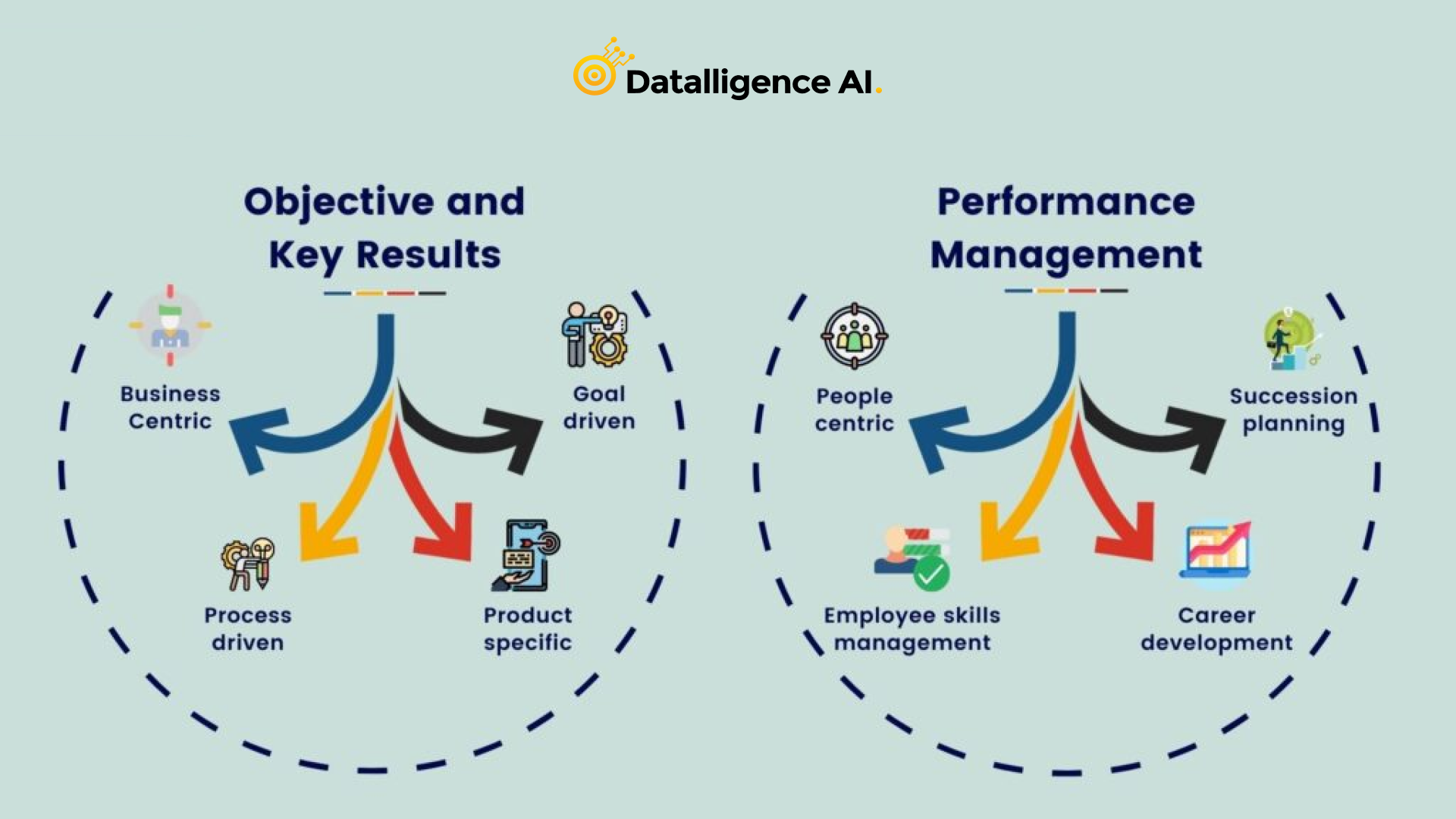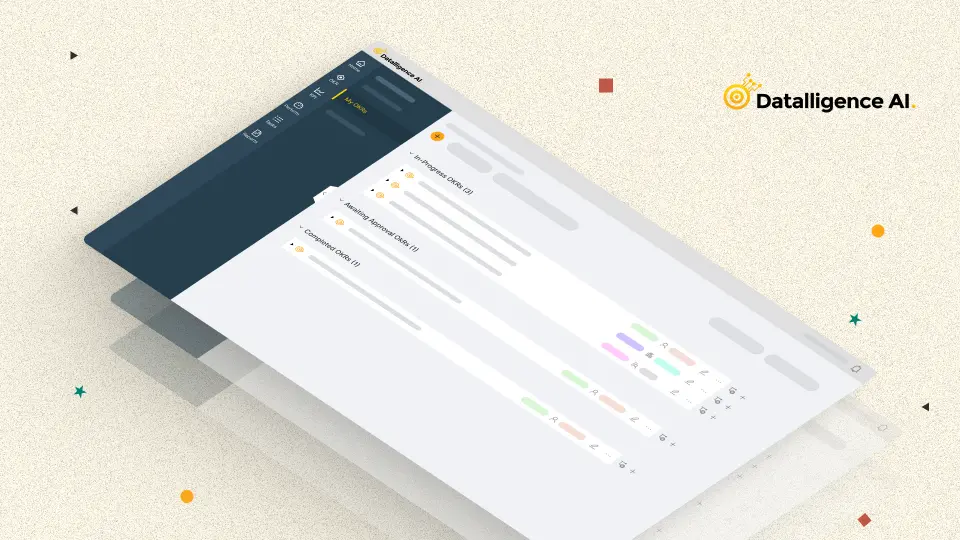OKR stands for “Objective Key Results”. OKRs enable you to track progress, create alignment, focus, and employee engagement.
OKR consists of “Objective” which defines the “what” we need to achieve and “How” we can achieve our what. OKRs framework consists of a few rules and a set of practices that help us to define and track OKRs.
OKRs create alignment and focus which enable employees to prioritize. It transforms the culture of an organization from measuring output to outcomes
OKRs can be used in any scenario as they are industry agnostic. Personal OKRs keep individuals to stay focused and track their progress. They allow people to
- Have a stretch goal and push to achieve new limits
- Measures and tracks progress constantly
- Allows learning and upskill.
OKRs are extremely agile and are unique from other goal-setting frameworks. It motivates people to have moon-shot goals that enable allows you to work fearlessly.
OKR stands for Objectives and Key Results.
What is Performance Management?
Performance Management is a process where an organization evaluates how an employee is performing and also sets the expectations right for the upcoming quarter or the year. The outcome of the performance management is to measure and grade the performance of an employee which is linked to the compensation and benefits.
Difference between OKRs and performance management

While organizations practice both OKRs and performance management together, how best they can work together?
Well, OKRs and Performance management compliments each other. They work well together as both business and people aspects are addressed.
But rationally speaking, if we analyze the similarities between the two of these, there are a few methods that can help connect both OKR and performance.
But ideally, Aspirational OKR should not be aligned with performance since the success for Aspirational OKRs is considered as 70% and above, hence it might kill the ambitious spirit of an individual. Individuals will set goals that are easy to achieve since they yield incentives.
Having said that, the performance management system is no longer traditional, there is a paradigm shift in the way we analyze performance. Annual performance can be very exhausting and time-consuming. Very few HR leaders feel that this process is effective in driving value and culture. Today performance management is continuous and feedback-driven. The results are team-based and not individualistic. This is the very driving force and the alignment between Performance and OKRs.
There is a need to develop confidence and work together as a group. Not everything can be measured. To reach goals and the vision people have to think out of the box to achieve them. While OKRs break down the Annual process to quarterly objectives which give clear focus and alignment to goals. With the hybrid and the dynamic workforce in place, there is a need for continuous performance management.
Conversations, Feedback, and Recognitions (CFR) makes becomes the key to driving continuous performance management. OKR and CFR together drive transparency and empowers teams. They help you to measure what matters to the business.
- Conversations: continuous exchange of conversation among the manager and the contributor aims in driving performance.
- Feedback: Feedback are enabled bidirectionally and guide in future improvements
- Recognition: Appreciation and recognition promote motivation.
OKRs help in setting clear objectives and key results and enables periodic reviews which is the key for performance management, giving clear indications of “On Track” and “Off Track” KRs. Quarterly reviews help in getting an understanding both of the progress and the lack of progress.
Linking Committed OKRs (Operational OKRs) to performance management will help enable greater results and which in turn will be linked with promotions and bonuses.
Another important aspect to it is the Team OKRs where the OKR can be transparent and the team incentives can be decided in much higher transparency. This helps connect the business performance to people performance as people enable the business transformation.
OKR tools enable feedback, recognitions, and conversations around performance which can be a key driving factor for the performance management system.
OKRs helps in;
- Business objective alignment
- Team progress
- Driving transparency
- Indicating the lead and the lag indicators
- Course correct continuously
- Continuous feedback
What is the difference between Performance management and continuous performance management?
There has been a transition and most of the organizations are evaluating more than numbers. They look at competency, team play, and so on. The balance between the goals and people is brought in together with OKRs.
| Annual Performance Management | Continuous Performance management |
|---|---|
| Feedback comes in annually | Feedback is continuous |
| Mostly linked to compensation | Not aligned with compensation |
| Outcome focused | Process-driven |
| Eliminates bias | Biased |
Closing Thoughts:
Start small with a few OKRs. You may fail to implement OKR but it’s okay to fail as that will be the key to learning to set your next OKR. Plan transparency in a phased manner, as it might take a little while to adapt and start working. Datalligence is an OKR software that helps organizations to design and implement their Performance management. Datalligence performance management tool strikes a balance between OKR and Performance management system. Reach out to us at www.datalligence.ai or write to us at connect@datalligence.ai to implement OKR based performance management.










